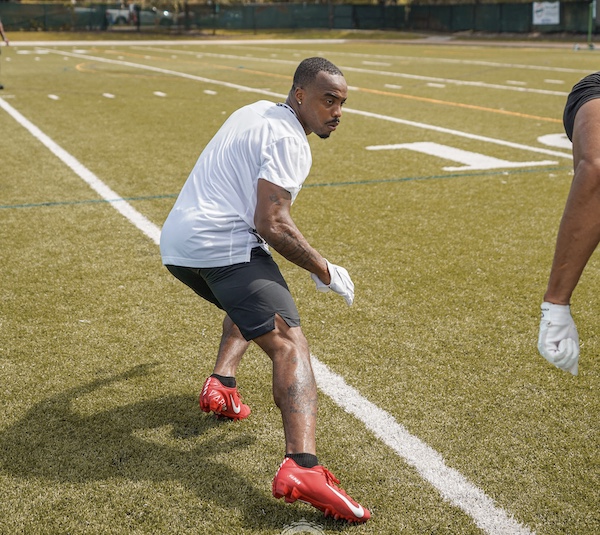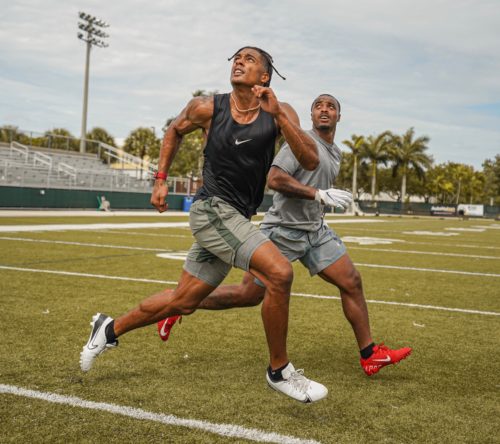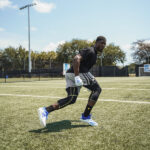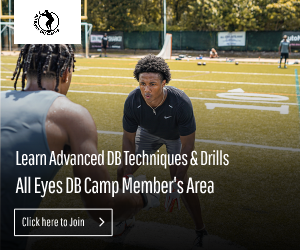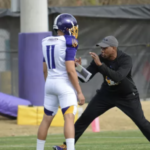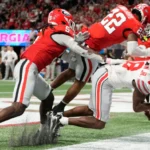This Key Element Will Unlock Your DB Potential
By: Chad Wilson – All Eyes DB Camp
Imagine playing a position on the football field where every move feels unnatural, where agility and speed are not just assets but essential skills. That’s the world of a defensive back. The demands of covering elusive receivers while backpedaling or shuffling sideways make it one of the most challenging positions in football. In this article, we’ll explore a key element of footwork that can make the life of a defensive back a little easier.
Consider any sport you’ve watched. How many positions require you to move swiftly backward or turn sideways while maintaining top speed? For defensive backs, this is the norm, and mastering these movements is crucial for success.
Whether it’s a rookie or someone transitioning from another position, one of the most common challenges faced by defensive backs is footwork speed. Reacting quickly to sudden moves by receivers while backpedaling or running sideways demands both speed and proper technique.
When we talk about speed, we have to talk about ground contact. Just like in track sprinting, minimizing ground contact time is essential. Backpedaling as a defensive back requires quick, light steps to maintain agility and responsiveness.
New defensive backs often make the mistake of overusing their arms and lifting their heels too high off the ground, increasing ground contact time and delaying their reactions. Shortening the steps and keeping a foot closer to the ground allows for quicker reactions to receiver movements.
The same principle applies to shuffling and kick sliding. Long, dragging steps only slow down reaction time. Remember the saying, “stay ready so you don’t have to get ready.” This mentality is crucial for defensive backs, especially when it comes to footwork.
Whether you’re backpedaling, flipping your hips, shuffling, or kick sliding, shorter steps are key to staying responsive. A foot close to the ground is a foot ready to react, while a foot high off the ground is a foot that will lag behind.
So, as you head out to train your defensive back footwork, keep this in mind: shorter, quicker steps lead to better responsiveness. And while it’s important to sprint with full speed when tracking receivers downfield, mastering these defensive back movements requires a focus on maintaining ground contact.
For more invaluable defensive back tips, consider picking up a copy of “101 DB Tips.” This comprehensive guide is packed with insights that will undoubtedly elevate your game in no time. Click here to Get 101 DB Tips
Chad Wilson is the owner of All Eyes DB Camp and author of "101 DB Tips". He played college football at the University of Miami and briefly in the NFL for the Seattle Seahawks. Over his 15 year high school football coaching career, he tutored over a dozen Division I defensive backs and as a trainer has worked with NFL All Pros, first round draft picks, college football All Americans and Top 10 ranked high school football prospects.

